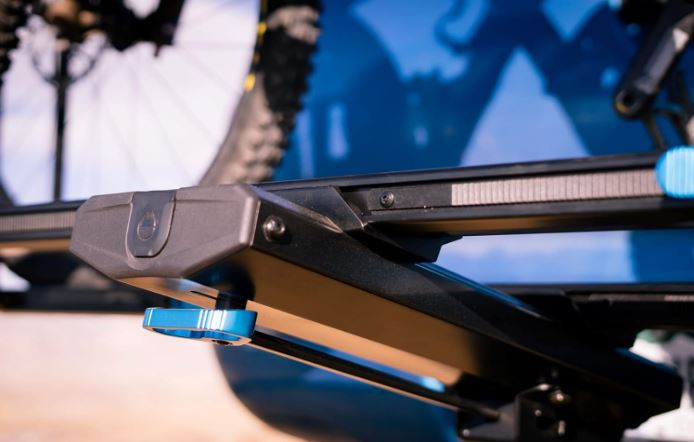


Installing a hitch-mounted bike rack is a task that, while it might seem daunting at first, is quite manageable with the right approach and preparation. Having spent years racing and riding across various terrains and disciplines, from the rugged trails on my mountain bike to the less forgiving paths on my cyclocross and gravel bikes, I’ve had my fair share of experiences with transporting bikes.
The convenience and reliability of a hitch-mounted bike rack have been indispensable for getting to races, trailheads, and cycling events. Here’s a comprehensive guide to installing your hitch-mounted bike rack, filled with practical tips to ensure a smooth, secure fit for all your cycling adventures.
First things first, verify that your vehicle’s hitch type and size are compatible with the bike rack you’ve chosen. Most hitches come in standard sizes (1.25″ and 2″), but there’s also the matter of the hitch class which corresponds to the weight it can handle. Matching these specifications with your rack ensures a secure fit and safe transport of your bikes.
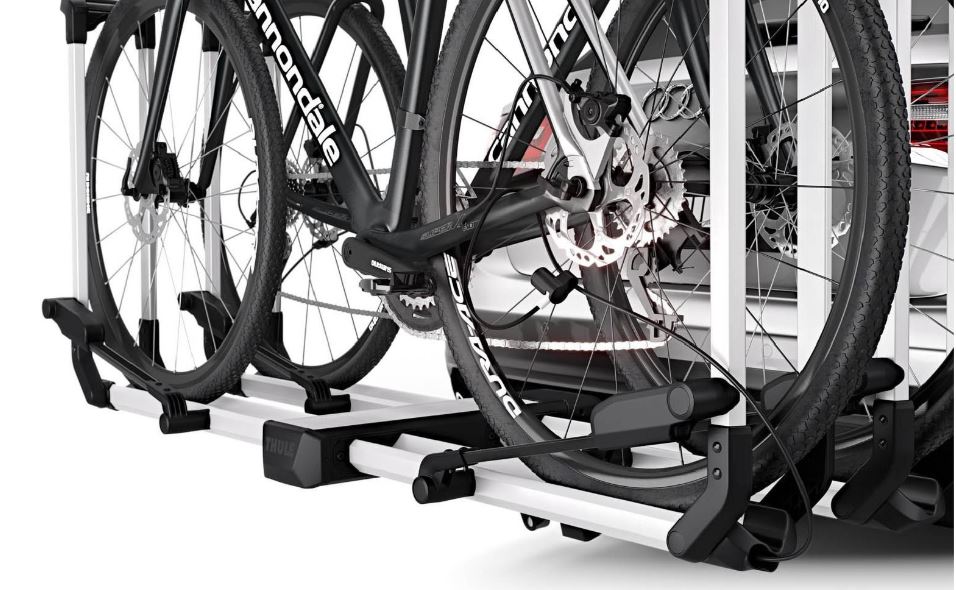
While many modern hitch-mounted bike racks are designed for easy, tool-free installation, some may require basic tools like wrenches or Allen keys. Check the product manual beforehand to ensure you have everything needed. Keeping a set of automotive gloves handy can also make the installation more comfortable, especially in hot or cold weather.
Manufacturers provide detailed instructions for a reason. Taking the time to read and understand these instructions can save you from common mistakes during installation. Pay special attention to the sections on properly securing the rack to the hitch to avoid any movement while driving.
Most hitch-mounted racks will have a bolt or a pin that secures them to the hitch receiver. Ensure this connection is as tight as possible to prevent the rack from wobbling. Some racks include locks for this bolt for added security against theft. If your rack has an anti-wobble knob or bolt, tightening it until the rack is firmly in place can significantly reduce movement.
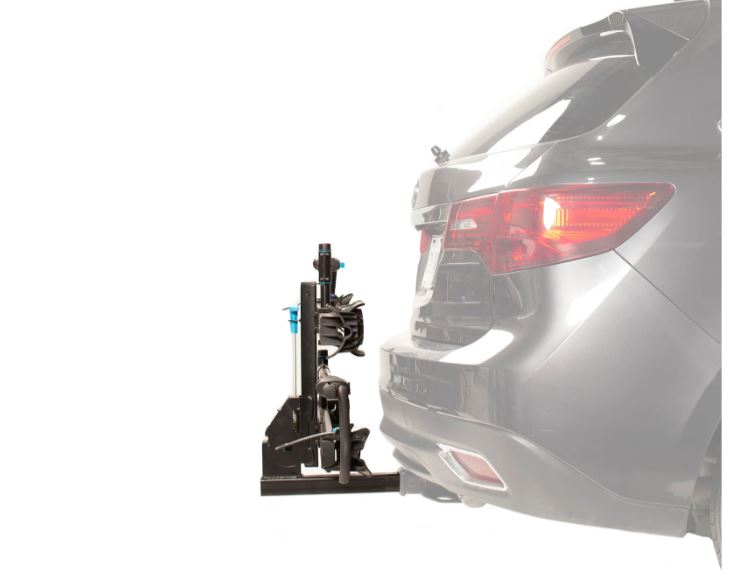
Before heading out, it’s crucial to test the rack’s stability. Gently shake the rack to check for any looseness in the connection. Drive around the block with the empty rack to see how it behaves. Listen for any unusual noises and stop to make adjustments if necessary. This step is vital to ensure everything is secure before you load your bikes.
When it comes time to load your bikes, make sure you understand the proper placement and securing mechanisms of your specific rack. Bikes should be loaded with the heaviest closest to the vehicle. Ensure each bike is securely fastened and that there’s no contact between bikes or between bikes and the vehicle to prevent damage.

Before every trip, perform a quick but thorough check of the rack and bikes:
Regular maintenance of your hitch-mounted bike rack can extend its life and ensure safe operation. Periodically check for rust or damage, especially if you live in a coastal area or use the rack in harsh weather conditions. Lubricating moving parts can keep them functioning smoothly.
A hitch-mounted bike rack is a fantastic tool for any cyclist looking to explore far beyond their local routes. With the right preparation and care, installing and using one can be a straightforward, stress-free process. Whether you’re off to a race, chasing new adventures on untraveled trails, or just heading out for a leisurely ride in the countryside, the convenience of having your bikes securely attached to your vehicle allows you to focus on what you love most: cycling.
Selecting the best hitch-mounted bike rack depends on various factors including the number of bikes you need to carry, your vehicle type, and your budget. Here are some top picks known for their durability, ease of use, and security:
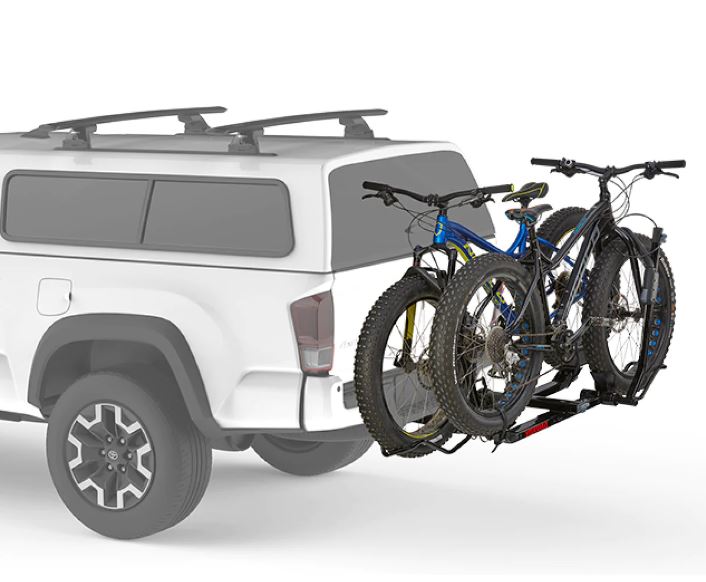
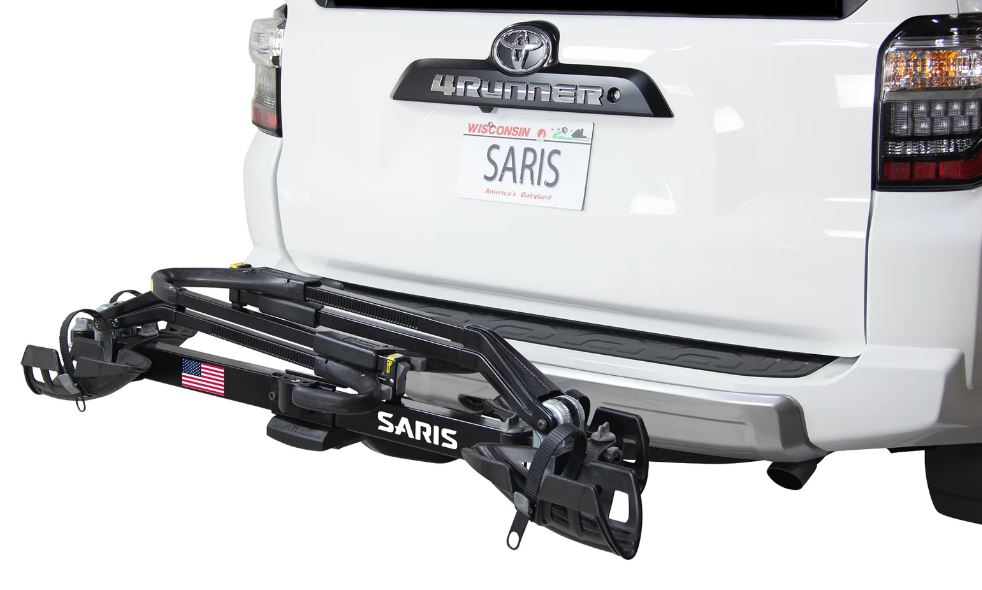

When choosing a hitch-mounted bike rack, consider factors like the number of bikes you need to transport, the types of bikes (e.g., road, mountain, fat tire, electric), and key features such as security, vehicle access, and ease of loading. The best rack for you will balance these considerations with your specific needs and budget.
FAQ
How do you install a bike hitch rack?
Slide the rack’s shank into your vehicle’s hitch receiver until the holes align. Insert and secure the hitch pin through the holes, then tighten any included anti-wobble bolts or knobs according to the manufacturer’s instructions. Some racks also have locking mechanisms for added security.
Do I need wiring for a hitch for bike rack?
Wiring is not needed for the rack itself but is necessary if the rack blocks your vehicle’s taillights and license plate. In such cases, a rack with a built-in lighting system and license plate holder that connects to your vehicle’s wiring is recommended for safety and legal compliance.
How do you stabilize a hitch bike rack?
Use the anti-wobble bolt or knob that comes with your rack to minimize movement. These components tighten the rack within the hitch receiver to reduce sway. Additionally, some aftermarket products, like hitch tighteners or stabilizing straps, can provide extra stability.
Why does my hitch bike rack wobble?
Wobble can occur if the hitch pin is not properly secured, the anti-wobble device isn’t tightened enough, or there’s a mismatch between the rack’s shank size and the hitch receiver’s size. Regular wear and tear or damage to the hitch or rack can also cause instability.
Share this Post:My name is John Swanstrom, my friends call me Swanny. I am a native of Southern California and currently live in a city called Oak Park.
Throughout my 30+ years of riding, I have learned a lot about cycling. I’m not ashamed to admit I’ve learned a lot by doing things the wrong way and learning from my mistakes. So I’m not going to be writing about something I read on the Internet, but rather I will write about stuff I’ve learned firsthand.
The purpose of The Masters Cycling Channel is for me to share what I’ve learned through the years with the goal of making your cycling life (and maybe other parts of your life as well) better.

Key Point Summary of Pros and Cons of Trunk-Mounted Bike Racks: Navigating the world of bike transportation can be a maze of choices, especially when it comes to selecting the right bike rack for your car. As a masters cyclist with years of experience across mountain biking, gravel grinding, and cyclocross racing, I’ve had my…

Key Point Summary of The Benefits of Roof-Mounted Bike Racks: In the cycling world, getting to the trailhead, race venue, or scenic starting point often requires a bit of travel with your trusty steed in tow. As a masters cyclist who has seen many a bike strapped to the roofs of vehicles, ranging from compact…
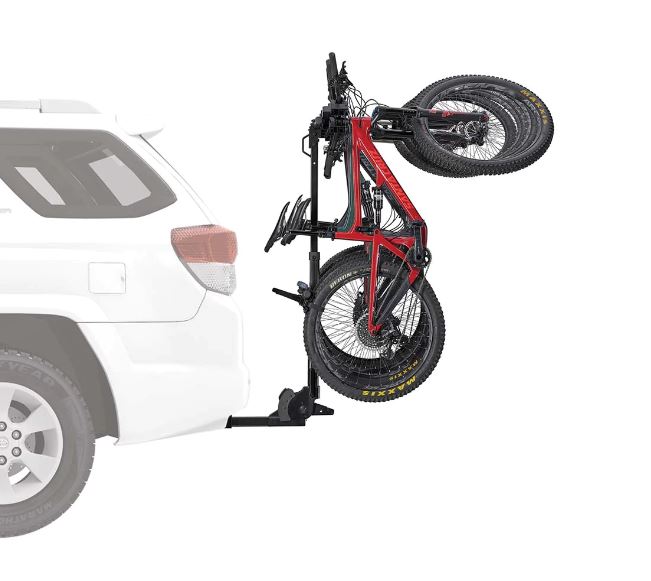
Key Point Summary of How to Secure Bikes on a Rack: Securing bikes on a rack is an essential skill for any cyclist, from those just starting out to seasoned racers. Throughout my cycling journey, from the rugged trails on my mountain bike to the demanding courses on my gravel and cyclocross bikes, I’ve learned…
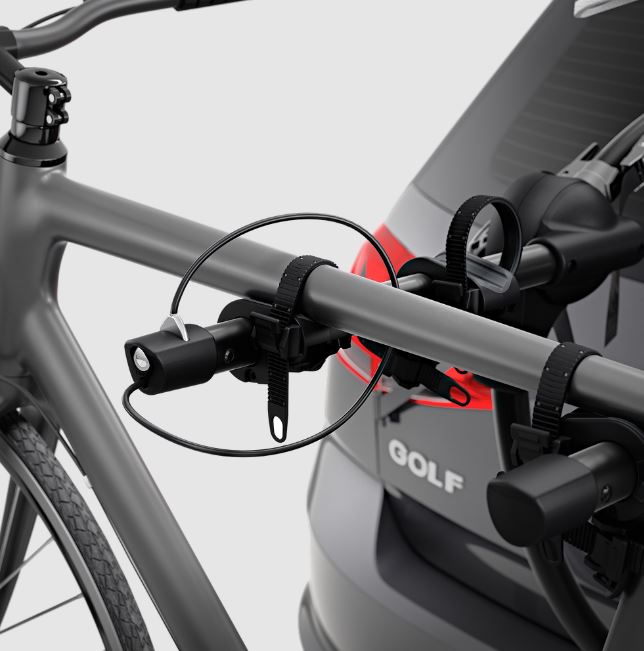
Key Point Summary of Bike Rack Accessories for Enhanced Functionality: As a masters cyclist who’s spent countless hours racing and riding across mountain trails, gravel paths, and cyclocross circuits, I’ve come to appreciate the nuances of a well-organized and functional bike setup. Whether you’re just starting out or you’ve got a few rides under your…
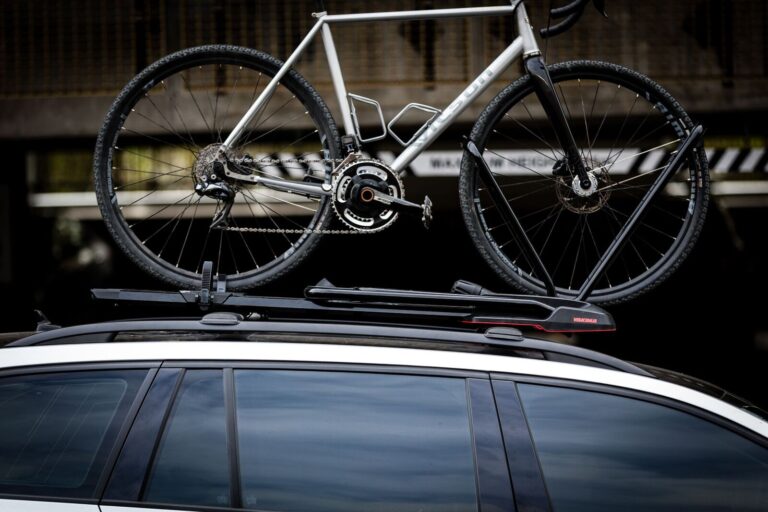
Key Point Summary of The Best Bike Racks for Electric Bikes: As the popularity of electric bikes continues to surge, finding the right bike rack to accommodate these heavier, often bulkier, bicycles becomes an essential task for e-bike owners. Having journeyed through various cycling disciplines, from the steep inclines faced by mountain bikes to the…
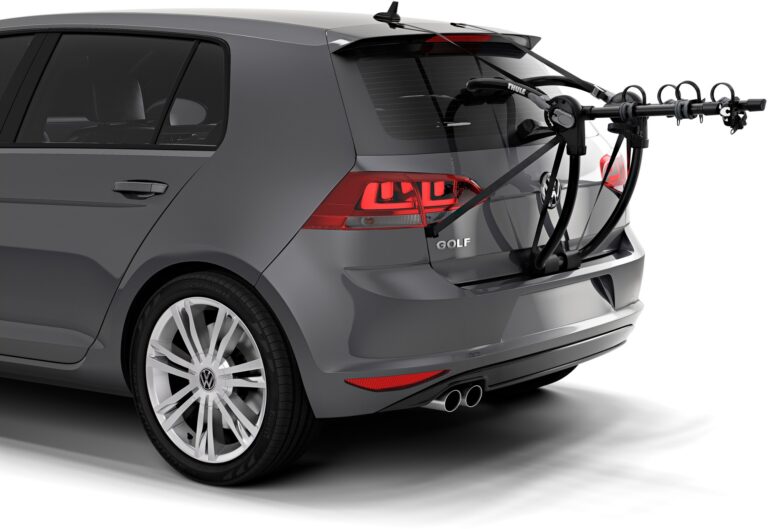
Selecting the right bike rack is essential for safely and efficiently transporting your bicycles. This Bike Rack Buyers Guide will help you understand the different types of bike racks available and what factors to consider before making your purchase. Types of Bike Racks Roof-Mounted Racks Hitch-Mounted Racks Trunk-Mounted Racks Truck Bed Racks Key Features to…

My name is John Swanstrom, my friends call me Swanny. I am a native of Southern California and currently live in a city called Oak Park.
Throughout my 30+ years of riding, I have learned a lot about cycling.
Learn more about me on my about page.